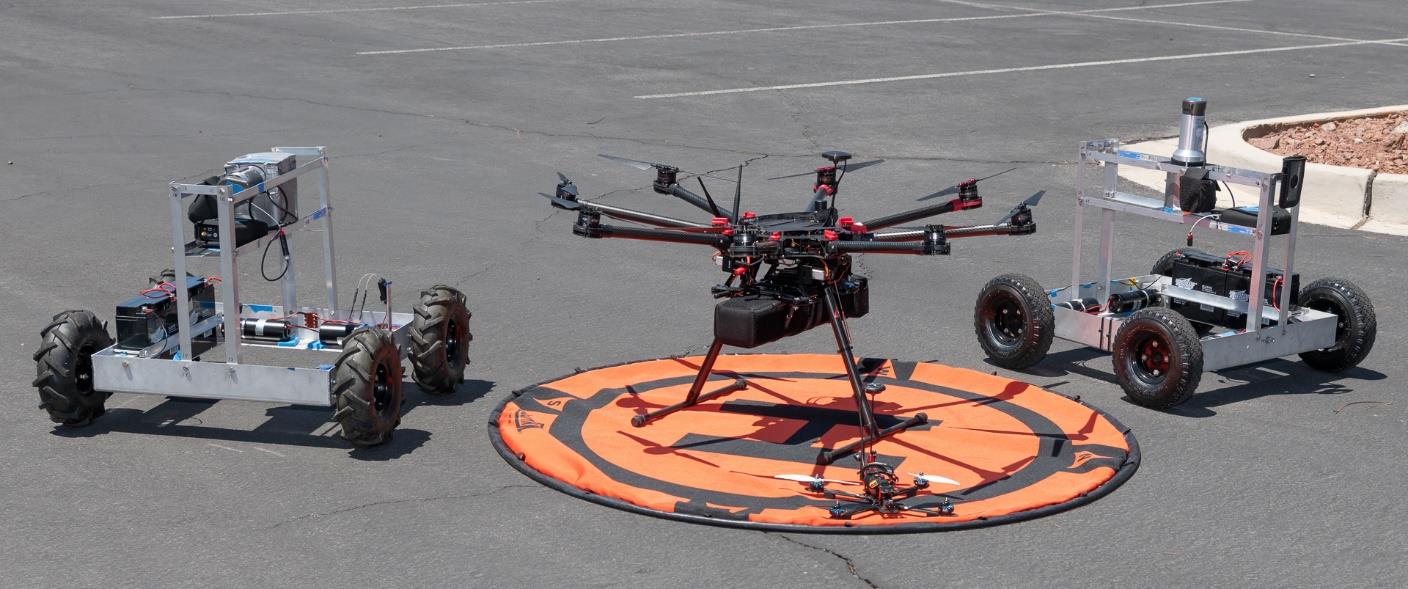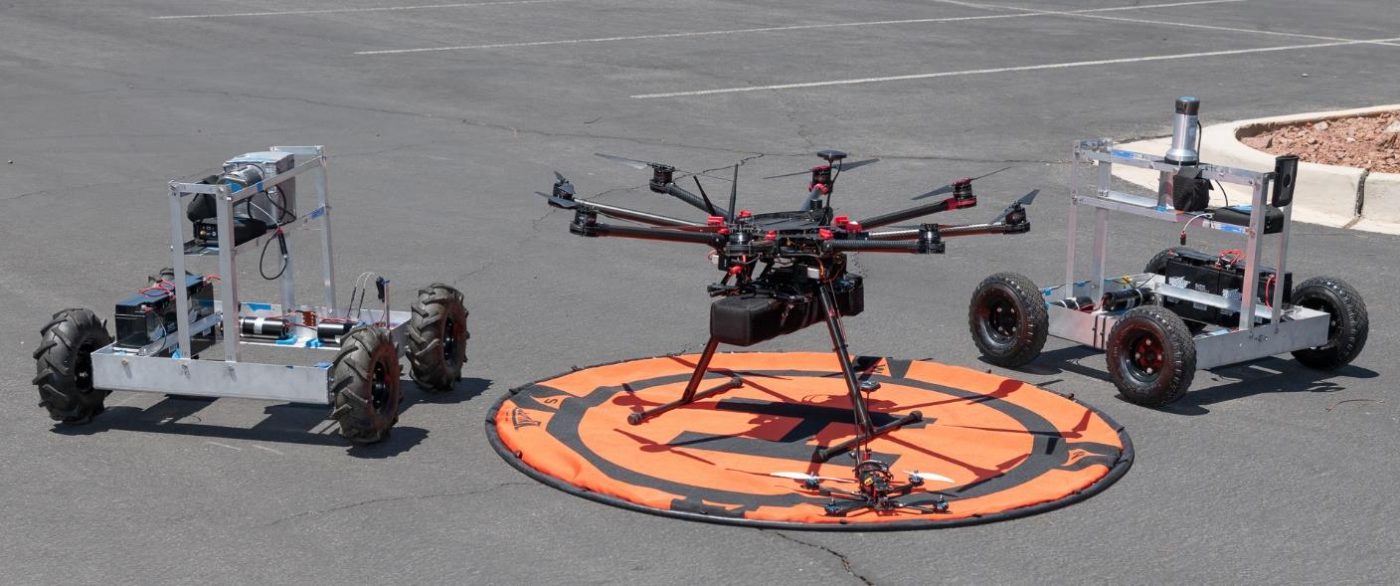Thanks to the Minority Serving Institution Partnership Program-Nuclear Security Science and Technology Consortium (MSIPP-NSSTC), Nevada National Security Sites’ (NNSS’) Site-Directed Research and Development (SDRD) program is resuming unmanned aircraft system (UAS) experimentation. The National Nuclear Security Administration-funded consortium was launched three years ago to establish pathways for scientific exchanges between the NNSS and universities, and to provide students from minority backgrounds with exposure to practical applications of the concepts they’re studying in school.
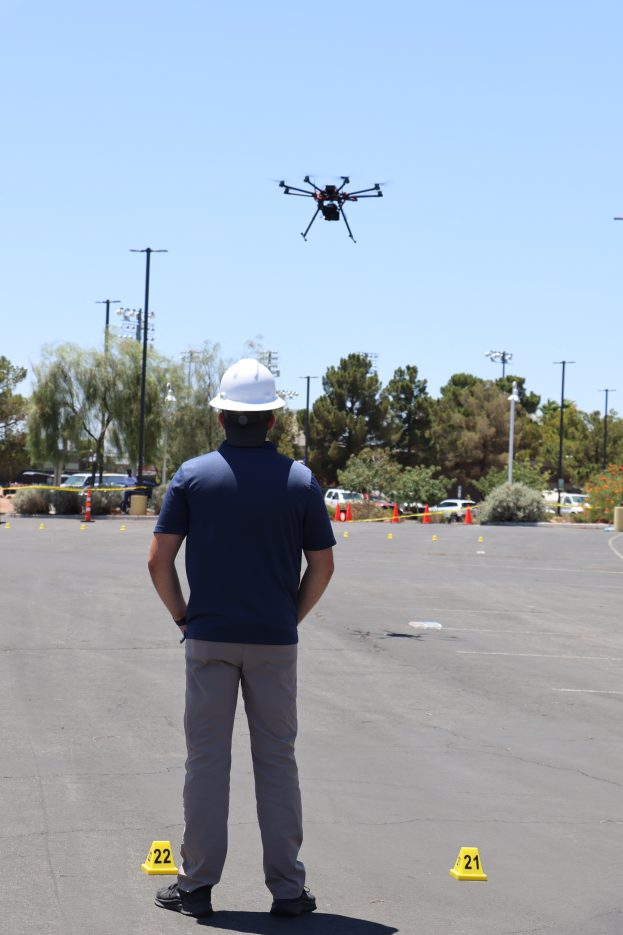
This year SDRD is working with MSIPP interns from the University of Nevada, Las Vegas (UNLV) on a feasibility study that aims to demonstrate a robot’s ability to detect radiation in a pre-determined course. On July 12, SDRD employees joined MSIPP interns at UNLV to conduct tests of both UAS and ground robots, with UNLV supplying the UASs, and NNSS’ Remote Sensing Laboratory (RSL) providing the robots. After dispersing a safe amount of radioactive material across a survey area, the team deployed each robot to detect it. A phone attached to each robot collected data, which was then uploaded to the cloud and interpreted by the team.
The eight MSIPP interns involved in this study played a vital role in the robots’ construction and in the interpretation of the data gathered. Two interns from RSL-Andrews were responsible for automating the courses so the team could conduct the robots along a pre-programmed path instead of using a remote controller. Another intern, certified by the Federal Aviation Administration, was responsible for piloting the UASs at heights of two, three, and five meters during tests. All eight interns helped SDRD interpret the data collected to determine the most effective radiation detection methods, and all interns who participated in the consortium are encouraged to use the data collected from the project in their thesis work. This benefits students because they have the support of SDRD’s funding and resources and can engage in a higher standard of research.
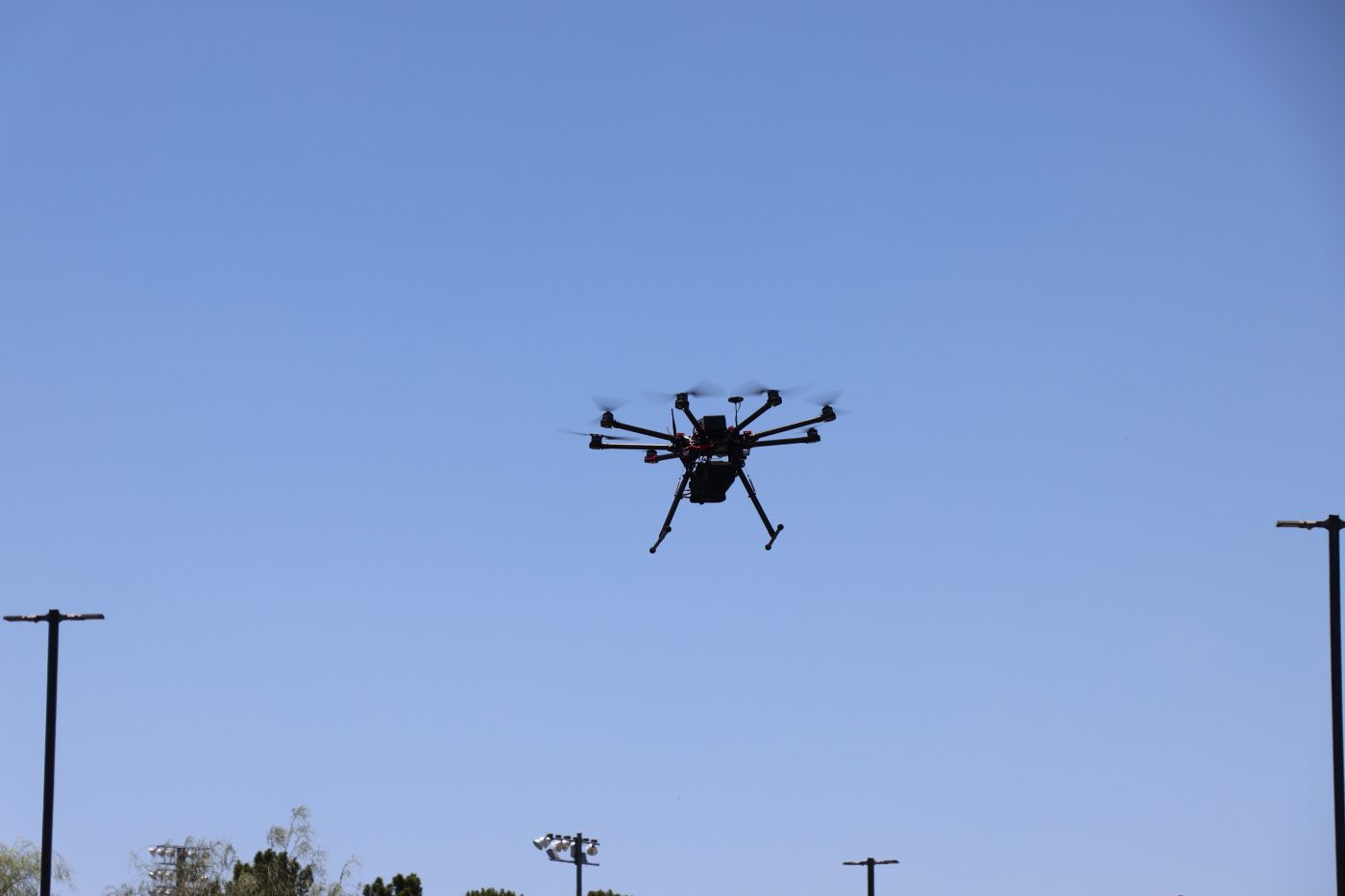
One intern, now in his second summer internship with the NNSS, said “I’m grateful for the opportunity to apply what I’ve learned through my robotics degree to a project with great mission significance. Over the course of this internship, I’ve seen machines built from the ground up through participation in studies like this, giving me a greater understanding of the building process. As an electrical engineer by training, I’ve been able to learn new ways of applying my skills to projects and familiarize myself with different kinds of engineering that I wouldn’t have been able to in other work environments outside the NNSS.”
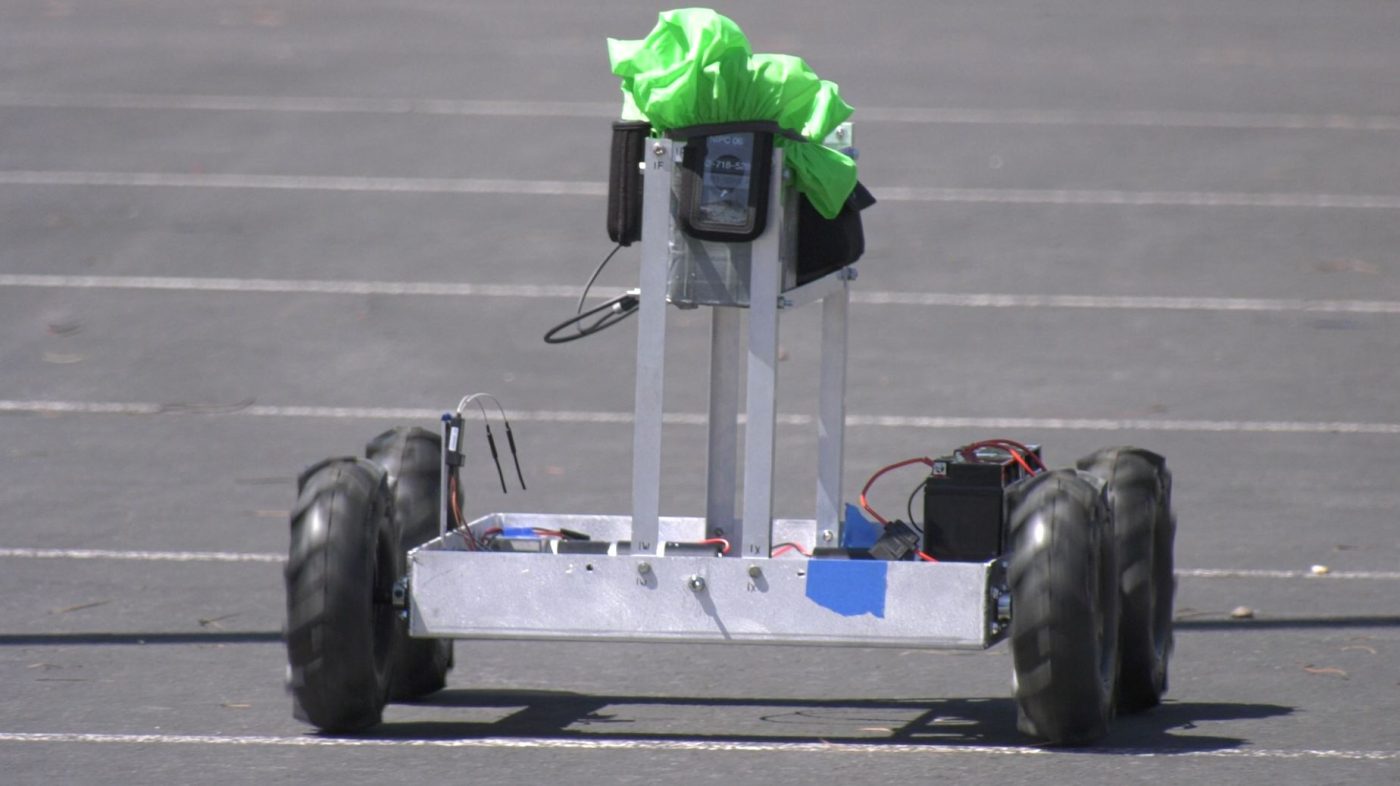
As the MSIPP-NSSTC program flourishes, the NNSS’ MSIPP-NSSTC liaison is looking to expand the consortium to serve more students. Continued mutual support between the NNSS and the universities will encourage more boundary-pushing work and bolster the NNSS’ efforts toward greater university partnerships going forward.
Watch this video to see the project’s robots in action and hear interviews with the robotics team.
